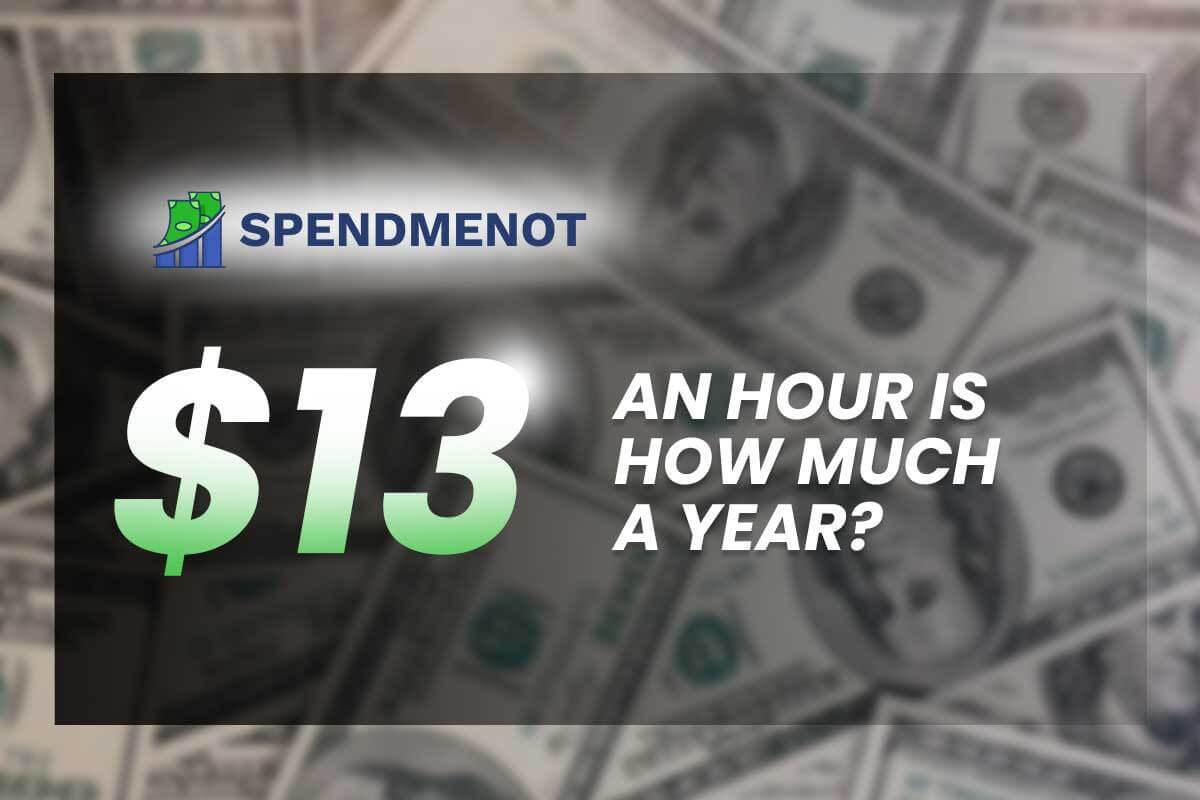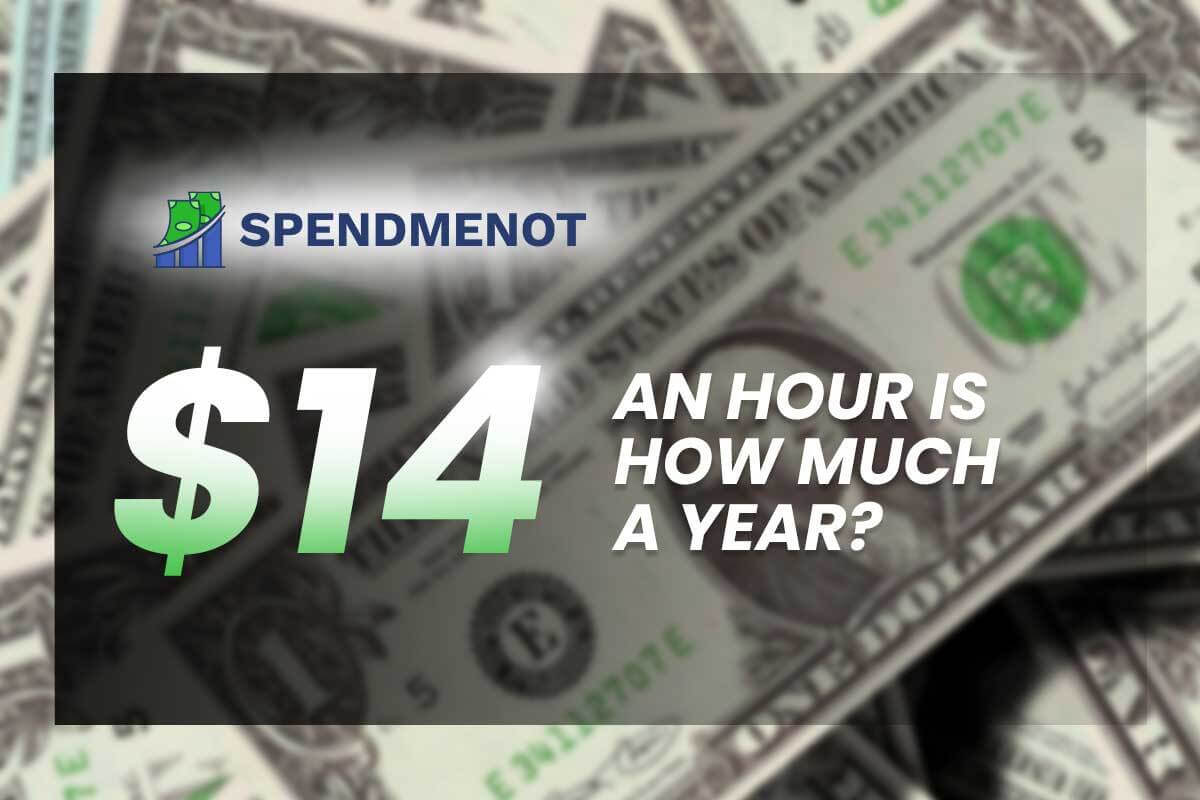How to Buy Nike Stock
Last Updated: January 11, 2023
As the world’s leading sportswear brand, Nike is a popular stock investment choice.
The company’s steady growth over the last half of the century has left nobody unimpressed. And, whether you’re looking for a great investment opportunity or you’re just a fan who wants to own a piece of this industry giant, you probably wonder:
How to buy Nike stock?
But before you join one of the best online trading platforms and — just do it — let’s go over some useful information and data first.
We’ll discuss the following subjects:
- Nike’s brief history
- Major company milestones
- Nike share price performance and prospects
- What to consider before buying any shares, including those of Nike
- Is Nike a good stock to buy
- Different stock purchasing methods
About Nike
The first blueprint of the company came out in 1964. However, back then, Nike had a different name, owners, and the business itself ran differently.
It all began when track-and-field coach Bill Bowerman, from the University of Oregon, and his ex-student Phil Knight started a running shoes distributing trade. They named it Blue Ribbon Sports at the time. The main part of their business was the distribution of Japanese Onitsuka Tiger running shoes over the US market.
Two years later, in 1966, they opened their first retail outlet. And in 1971, the duo decided to start their own line of footwear. These were the very first Nike brand sport shoes.
Now, fifty years later, those shoes dominate the market, and buying shares in Nike became many investors’ interest.
The company officially changed its name to Nike in 1978. The inspiration for the name came from the Greek goddess of victory.
By that time, Carolyn Davidson, a Portland University student, had already created the famous swoosh logo. She received a humble $35 for her creation. Fairly enough, years later, after the company’s remarkable success, she received a gold and diamond swoosh ring and an undisclosed number of Nike stock.
After Michael Jordan’s endorsement in 1984, the Air Jordan (his signature shoes) drew a lot of public attention to the brand. As a result, Nike assets increased, and the revenue for that year exceeded $1 billion.
Nike’s tagline “Just Do It” came out in 1988. That was the same year that Nike’s first acquisition happened with the purchase of Cole Haan. Since then, the company has had several other significant additions.
Currently, under the Nike Inc. wing are the following brands:
- Nike
- Jordan
- Cole Haan
- Converse
- Hurley
- Nike Golf
- Umbro
When did Nike go public?
Nike stock became available for public trade in an IPO (Initial Public Offering) in December 1980 under the Nike ticker symbol NKE. At that moment, the price for one share was $10.50.
Since going public, Nike stock has split two-for-one seven times. So, if you had invested $500 during the IPO, you would have earned $100,000 by now.
Quite impressive, right?
Nike began paying dividends quarterly to its stockholders in 1984. They have been regularly increasing each year since 2004.
According to the latest 2021 data, major shareholders of Nike are the company’s co-founder Phil Knight (with over 10% of Nike shares), Mark Parker, and Andrew Campion. Institutions that own the most Nike shares are Swoosh LLC, Vanguard Group Inc., and BlackRock Inc.
Nike stock forecast
With its high-quality products, strategic planning, and fierce marketing campaigns, Nike manages to stay on top of the game.
In 2020 Nike’s total footwear, apparel, and equipment revenues passed $37 billion. Footwear, as the main product, contributed nearly 66% of the entire sales.
Also, Nike’s total assets reached $36.18 billion in February 2021. This marked a 38.01% increase from the same period a year ago.
It’s hard to predict what the future will bring, especially in the volatile stock market world. However, based on the 2020 Nike financial performance and the last five-year revenue growth rate of 1.21% (despite the COVID-19 pandemic), NKE investments remain promising.
Thus, the average NKE stock forecast price is $166.83. This is an approximate 22% increase compared to the current level. Meanwhile, the highest analyst target price is $192.00. And the lowest forecast figure is $140.00, which is 3% higher than the current one.
Should You Buy Nike Shares?
There is no universal answer to this question. The factors that play the most significant role in the stock selection process, such as one’s investment amounts, aspirations, and portfolio, differ for everyone.
But, is Nike a good stock to buy?
The COVID-19 pandemic has put Nike business to another trial.
As a result, Nike’s direct online sales grew at the beginning of 2021, while the wholesales and store sales fell. By achieving stability in digital growth, the company managed to counteract the previous losses from the beginning of the pandemic outbreak.
As of 2021, Nike has retail outlets and distributors in over 170 countries, 30 major sports leagues partners around the globe, and more than 30,000 employees.
However, aside from the corporation’s resilience and global prosperity, it’s important to consider its recent stock performance data. Only this way can we decide whether NKE stock is a good buy.
So let’s now look into some of the key elements of the latest Nike stock performance.
Free cash flow (FCF)
This represents the cash that is available for the company to operate with. More specifically, FCF serves for reinvestments, creditors repay, and dividends and interest payments to shareholders.
- In 2019, Nike’s annual FCF was $4.78 billion — a 21.82% increase compared to 2018.
- Next year, in 2020, due to the pandemic and new business adjustments, the FCF dropped by 70.76% and was $1.39 billion.
- Luckily, beginning 2021, the market recovered to a certain extent. The increase compared to the previous year was almost 16%, with an FCF of $1.61 billion.
- Nike financial analysis for the past five years shows the average yearly FCF per share had a growth rate of -4.20% a year.
- However, the results for the past ten years show an average yearly FCF per share growth rate of 7.10%, making Nike stocks a better long-term investment option.
Nike earnings
These are the after-tax net income the company makes after deducting variable costs. Those costs include making and selling its products and providing the services.
- Nike’s annual earnings for 2019 reached $17.47 billion. That was a 9.51% increase compared to 2018.
- In 2020, Nike had annual earnings of $16.24 billion — a 7.06% decline compared to 2019.
- The gross profit ending February 28, 2021, was $16.66 billion — a 2.6% increase compared to the previous year.
Returns on assets (ROA)
Many consider ROA as one of the main indicators that demonstrate the company’s profitability. You can calculate the return on assets by dividing the operating earnings by its total assets.
- The highest ROA over the last 15 years Nike had in May 2017 — 18.80%
- The lowest ROA over the last 15 years Nike had in February 2018 — 7.72%
Nike dividend yield
This is the financial ratio of the company’s annual dividend and current Nike stock price. It is expressed as a percentage.
Nike started paying out quarterly cash dividends to its stockholders in 1985.
- According to Ycharts, the lowest ever dividend yield was 0.44% in February 1997.
- While the highest ever Nike dividend yield was 2.69% in October 1987.
- As of May 2021, the dividend yield for Nike stocks was 0.81%.
Typically, companies with higher dividend yields are more attractive to potential shareholders since they provide regular income.
52-week performance
Since daily stock prices are volatile, most investors follow the longer time performance periods such as weeks or months. And so, the 52-week performance became a definitive frame within which everyone inspects stocks before investing.
- In the 52 weeks ending 24 May 2021, the highest price reached by NKE stock was $146.75.
- The lowest price within the same period was $93.09.
- The average Nike equity price was $119.92.
Still, at its current price of approximately $136 per share and the market cap of $209.7 billion, many analysts and stock screeners consider Nike’s equity significantly overvalued. The results are based on the historical trading multiples, the overall business growth, and future performance estimates.
Your portfolio
One thing these general analytic estimates don’t take into consideration is your portfolio.
However, whether and how to purchase Nike stock greatly depends on this.
If you’re looking to diversify your portfolio, and you deem that the next logical step is to invest in Nike stock — then go for it. Portfolio diversification often brings much better results than any individual stock purchase.
According to market experts, an ideal portfolio consists of at least 20 to 30 different companies’ stocks, and it has a good stocks vs bonds ratio.
Aside from that, if you are passionate about the sportswear market, investing in your field of interest gives you some advantage. And not many sportswear companies fall under the S&P 500 index as Nike does. So this makes it a somewhat safer choice than its competitors.
On the other hand, if you’re not so familiar with the secrets of the trade, consider investing in mutual funds, getting an online stock broker for beginners, or even using a robo-advisor.
How to Buy Nike Stock?
If you’ve set your mind on NKE stocks but have concerns about buying methods, read more about it in the following sections.
Direct investment
Nowadays, you can buy Nike stock directly through an online transfer agency called Computershare. Additionally, if you have any doubts and inquiries, you can contact them via phone or complete an online questionnaire.
Online purchases are generally more cost-effective than alternatives. However, some conditions apply. For instance, first-time Nike investors must invest a minimum of $500 when joining. Or at least commit to ten $50 recurring installments.
Some additional fees apply too. These include:
- $10 setup fee
- $5 one-time investment fee
- $2 recurring investment fee
- $0.03 per share processing fees
Keep in mind, as well, that only Nike class B stock is available for direct online purchase.
Through online brokers and trading platforms
Online brokers are usually the first option that comes to everyone’s mind when pondering — how to buy Nike stock?
This is not surprising if you consider the wide range of benefits that this type of trading offers. Besides, opening an account is quite straightforward. In fact, it takes under 15 minutes.
Online brokers and trading platforms do the following for you:
- They provide intermediary assistance between you as a buyer and the seller company.
- They provide broader access to different branches of the investment market.
- Through a brokerage account, you have the benefit of choosing between setting a limit order or completing the market order.
- They furthermore enable you to buy bonds, invest in mutual funds, or exchange-traded funds (ETFs), and more. As opposed to the Nike direct stock purchase, where you only trade stocks in Nike.
With online brokers, you will rarely encounter minimum investment demands. However, there are typically certain trading commissions. These depend on your order preferences and the platform of choice.
With the help of a financial advisor
If you’re more of a face-to-face communication type and want to tap into specialists’ knowledge and experience, getting help from a financial advisor may be your thing.
Trading markets constantly fluctuate and can be hard to follow at times. On top of that, unpredictable setbacks like the COVID-19 pandemic make estimations even harder.
A knowledgeable and dedicated financial expert can make a world of difference in your portfolio. You’re basically getting an advisor, a teacher, and emotional support while investing all at once.
Buying stock in Nike with the help of a financial advisor can, therefore, be slightly more expensive. Nonetheless, many investors claim that it’s completely worth it.
Final Thoughts
No matter which of the above-mentioned purchasing options you choose, few things are universal when buying stocks. Therefore, you should always strive to:
- Research at least the basics about the stock of your interest and the company in question before you invest.
- Diversify your portfolio.
- Assess all the investment risks.
- Stay informed and focused.
- Give your investments time to grow.
- And, finally, keep some savings aside in case of unexpected losses.
As for the Nike outlook, no one can tell for sure what the future will bring. Still, as the leading world sportswear brand with increasing revenue and regular dividend payments, a Nike stock investment is definitely worth considering.
You may also be interested in:
How to Buy Adidas Stock
FAQ
The Nike stock symbol is NKE.
As of May 3, a share of Nike costs approximately $136.
The Nike stock price was $10.50 when it first went public.
The first NKE stock split happened in 1983. It was a two-for-one split. After that, there were six more stock splits. The latest one occurred in 2015.
Currently, there are no indications that Nike stock is going to split in 2021.
Yes, Nike stock has been paying dividends quarterly since 1985.
Nike dividends are paid on January 5, April 5, July 5, and October 5.
Nike stock is traded on the NYSE exchange.
The Nike stock all-time high was $147.05 on January 11, 2021.
In the quarter ending February 28, 2021, Nike had 1.617 billion shares outstanding. The number keeps increasing, so as soon as you decide how to buy Nike stock, it’s time to act.










